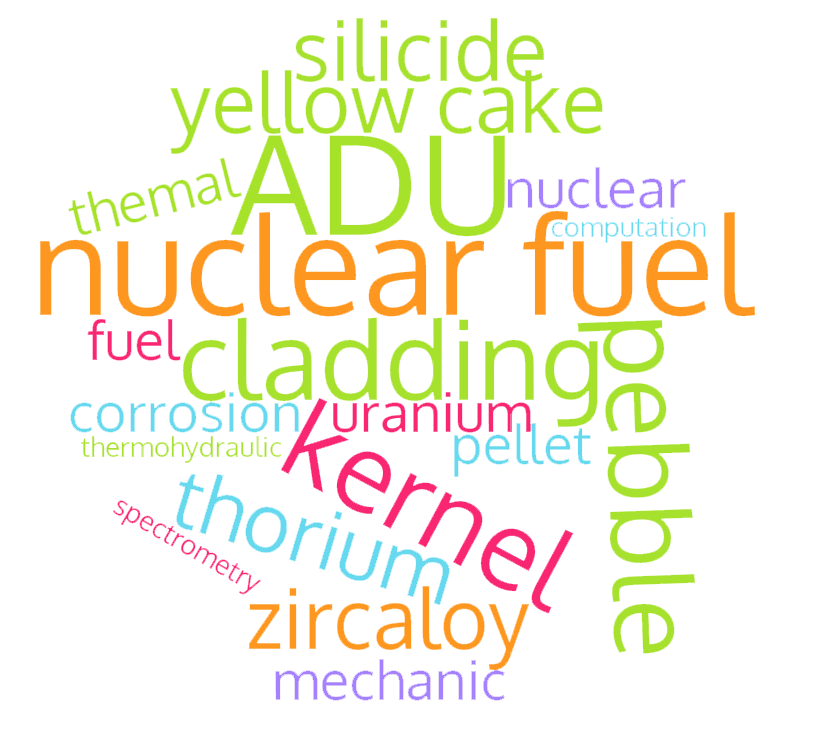THE EFFECT OF ANNEALING AND COLD FORGING ON MICROSTRUCTURE AND HARDNESS PROPERTIES OF Al-SiC COMPOSITE : A PRELIMINARY STUDY
DOI: http://dx.doi.org/10.17146/urania.2021.27.2.6396
Sari
THE EFFECT OF ANNEALING AND COLD FORGING ON MICROSTRUCTURE AND HARDNESS PROPERTIES OF AL-SIC COMPOSITE: A PRELIMINARY STUDY. Aluminium Metal Matrix Composites (AMMCs) are one of the exciting materials that have an extensive function in various applications. By utilizing reinforcement in the fabrication process, Al composites can produce superior properties such as high strength, good fracture resistance, and of course, lightweight. Therefore, many studies are interested in revealing the characteristics of Al composite materials through various methods and variations of reinforcement. This research is a preliminary study with a scope of work, including observing the effects of annealing and cold forging processes on the microstructure morphology and hardness properties of SiC nano-ceramic reinforced Al composites. The aluminium used in this study is a 7xxx series aluminium alloy. The fabrication process was carried out by stir-squeeze casting method. Microstructure analysis was conducted by optical microscopy and Scanning Electron Microscopy (SEM) equipped with Emission Dispersion Spectroscopy (EDS). The hardness properties of the Al-SiC composite were examined by micro Vickers hardness testing. This research reported that the annealing process influences the grain refinement and hardness properties of the Al-SiC composite. The sample experienced to cold forging has to improve the hardness value. Increasing hardness by forging after anneal may introduce due to the grain compression effect of the dislocation mechanism. Comprehensive research is required to find out other potentials of Al-SiC composite materials.
Keywords: Al-SiC composite, annealing temperature, cold forging, hardness, microstructure.
Teks Lengkap:
PDFRefbacks
- Saat ini tidak ada refbacks.
Penerbit: Pusat Riset Teknologi Bahan Nuklir dan Limbah Radioaktif
Diindeks oleh:









